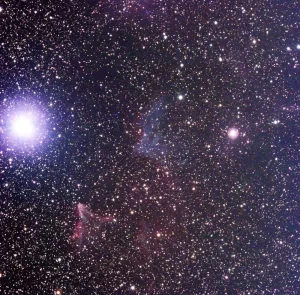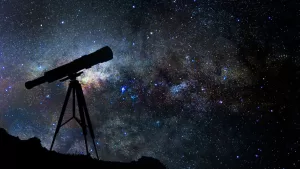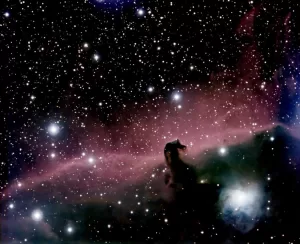- Facilitator: Professor David Pundak
- Session Term: Summer 2021
- Course Duration: 30 hours.
Educational Overview & Objectives:
This instructional development session is meticulously curated to augment the pedagogical competencies of secondary education science mentors in the domain of astronomical sciences and astrophotography. The module will navigate through a dual-themed structure: firstly, providing a comprehensive induction into astronomy’s expansive cosmos, and secondly, mastering the craft of astrophotographic techniques utilizing automated telescopic apparatus. Participants will immerse in astronomical discourse, engage in direct astrophotographic practices, and cultivate analytical understanding to discern celestial phenomena via imagery. The facilitation will also broach pedagogical methodologies to invigorate active learning and overcome didactic hurdles in astronomy education.
Curricular Details:
The academic itinerary of the astronomy segment encompasses spatial and celestial distance gauging, an overview of our solar system, the sun’s stellar characterization, and stellar life cycles. The astrophotography component will guide attendees through selecting astronomical entities, understanding pivotal photographic parameters, CCD imaging technology, filter-based shooting, chromatic image synthesis, and photometric data extraction.
Methodology of Instruction:
The program is exclusively conducted through an e-learning platform, negating the necessity for conventional physical interactions. All courseware, including multimedia tutorials, lecture slides, and participatory forums, will be accessible via the dedicated virtual learning environment at moodle.wa2u.net. The onus of learning trajectory falls on the scholar’s autonomous dedication, with an expected commitment of 3-4 hours per week towards content review, video sessions, presentation analysis, and forum dialogues. It is recommended that enrollees allocate consistent weekly intervals for course engagement.
Primary Learning Portal: Astronomy in Action (http://www.aastro.net) – the principal repository for all astronomical subjects tackled within the program’s scope.




